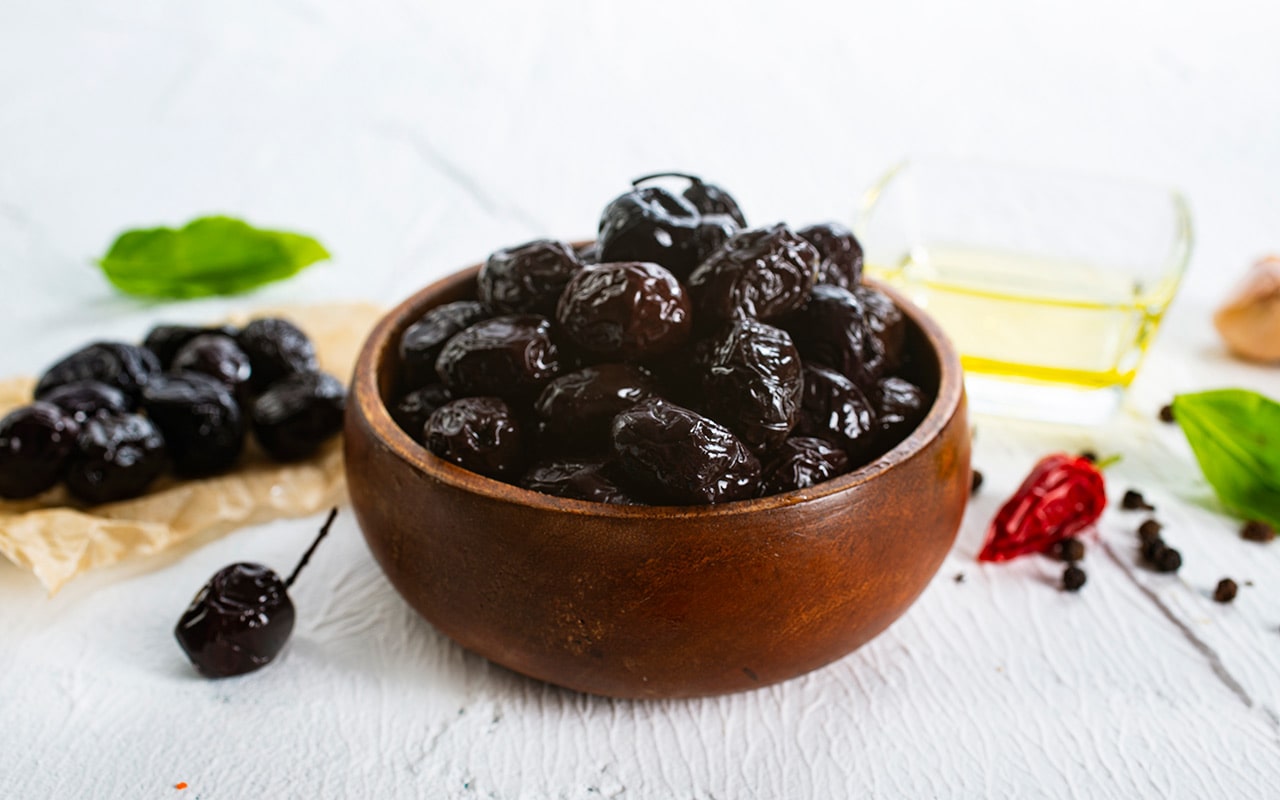Blog English
Black Olive

As the olives sit on the tree their colours change. These changes provide the richness range of the product. Black Olive…
Black olive is the last stop of the olive fruit. It waits for 4 to 6 months on the tree after fruit matures. The maturation period changes according to that year’s average temperature and the average temperature of the located region. Olive trees give one year more and the other year less fruit. Those who give less enter a cycle give a lot, as if those who give a lot give less.
Before picking up black olive its inside is controlled. If the colour becomes darker up to the core, it means the fruit is ready for harvest. The fruit must be picked up without crumpling too much.
When sunlight hits the black olive during the picking up period, reddish shades appear on it.
Olives on the bottom of the trees are picked up firstly for the harvest and sent to the factory to be oil.
Olives picked up from the tree are processed in two ways, brine and saddle, depending on their conditions.
Also, fraudulent ones of black olives are sold. Since its colour is black, dye can be mixed into it. We wanted to give you a few tips to keep these types of fraudulent products out of your kitchens.
Of course, first of all, we should stay away from buying products whose name you do not know, which do not have a brand, do not have labels and have not obtained various production permits.
How to Distinguish Dyed Olives from Real Black Olives
* Black olives are the most matured fruit of the tree . As a result of the processes it has had, it has a soft surface and has the consistency like Turkish delight. Surfaces of the dyed olives are very hard.
* If shades of blue appear when you crush olive between your two fingers it means it has dye in it.
*The colour of olive seed is brown. If the seed of the product you eat is black then it might be because of the dye that was mixed in it.
*Olives can make a temporary sourness or bitterness in your throat. You can think of it just like olive oil. If the olive you eat tastes sour, it may have been dyed.
*At first sight olives look like black. But when sunlight appears on it you might see reddish shades. If the olive you eat is dark black, it is likely to be dyed.
